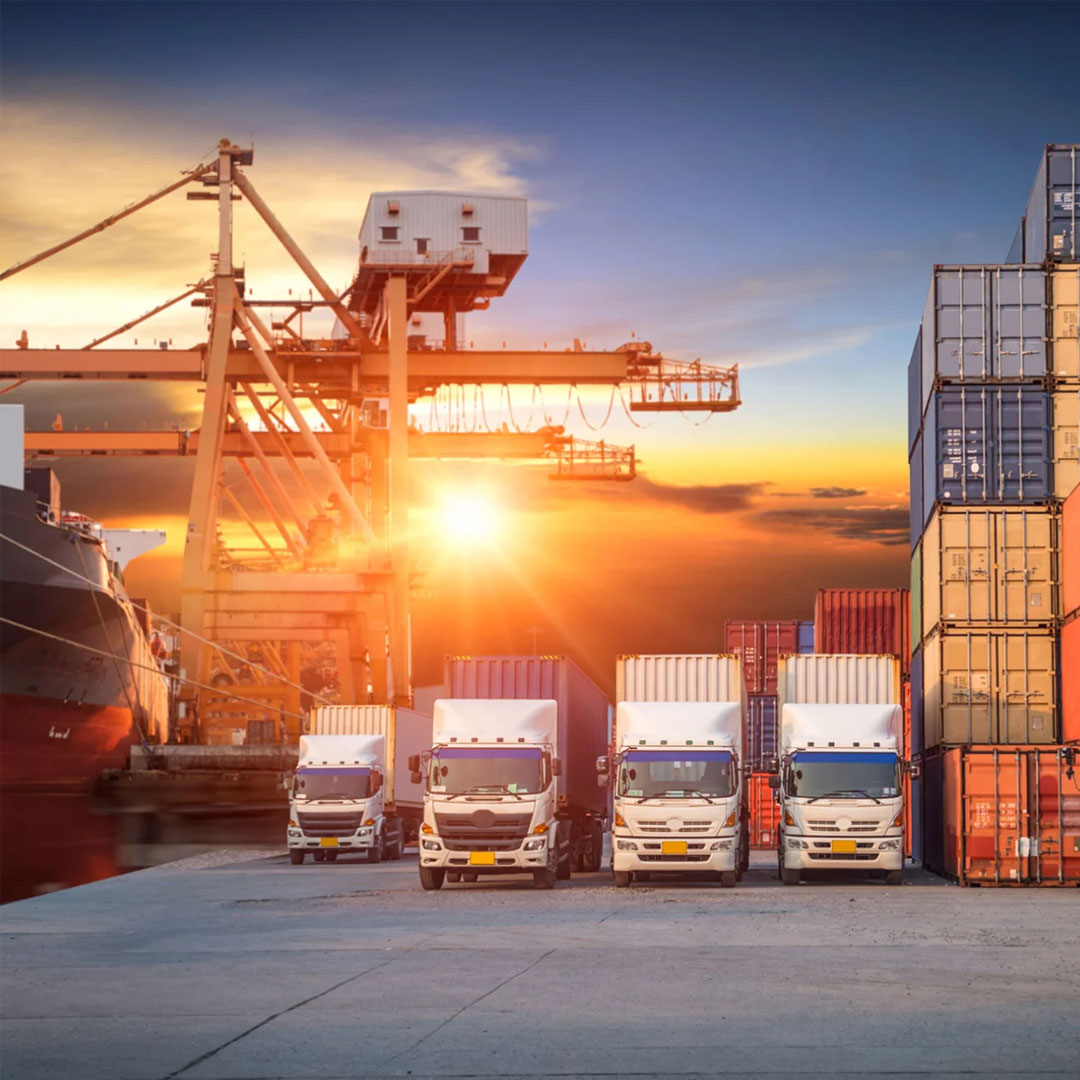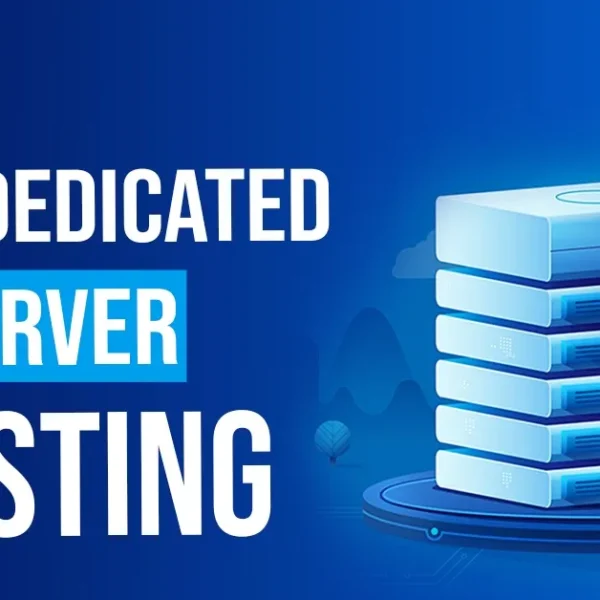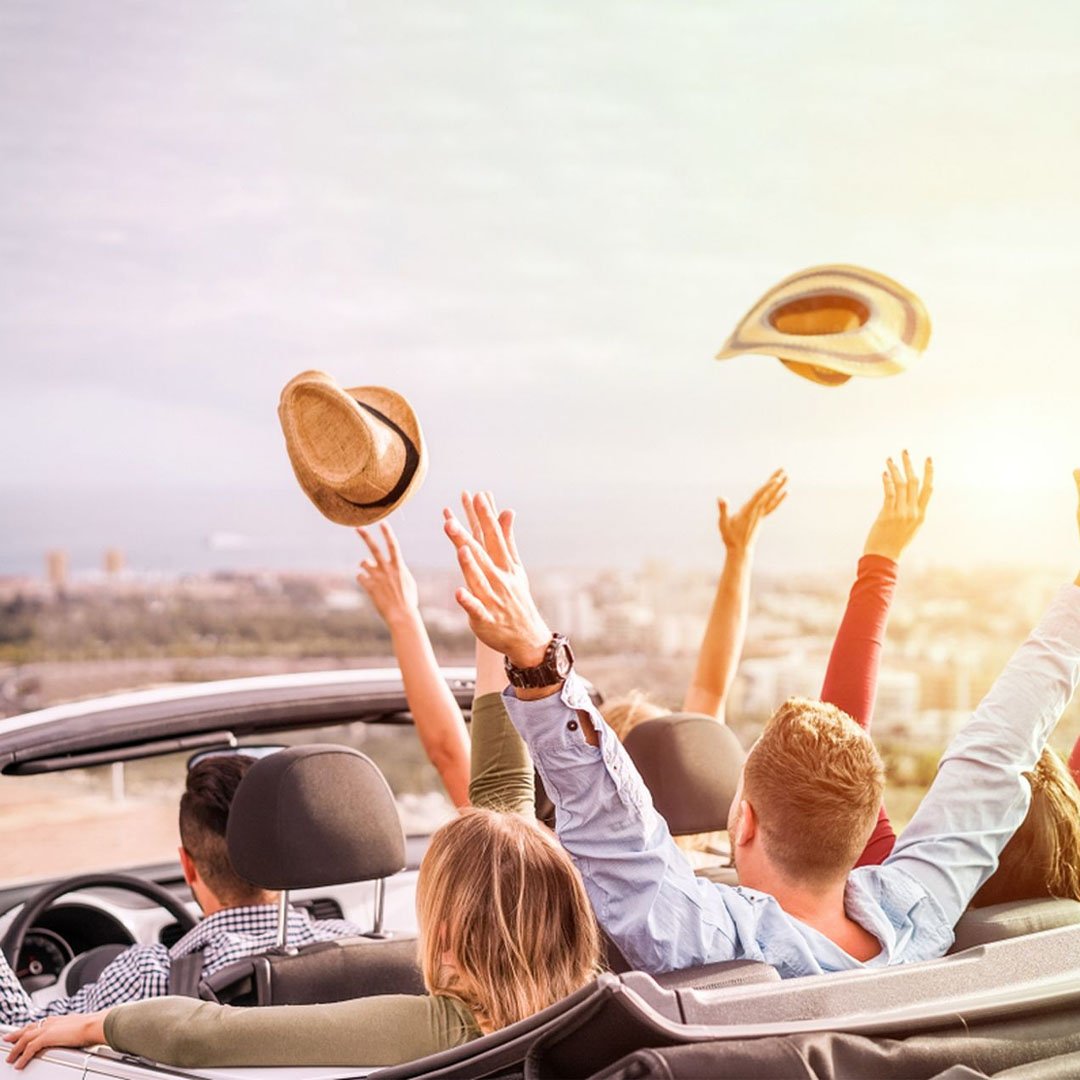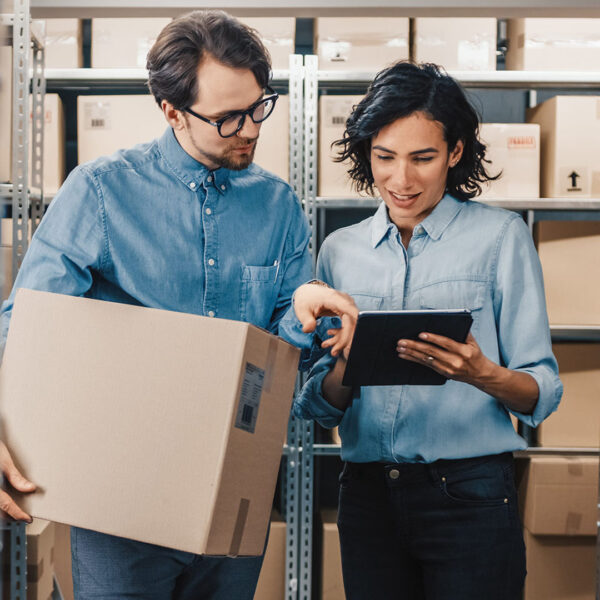Transports in Motion: Connecting People and Places
The world we live in is intricately linked by an invisible web of transportation. Transports, in all their forms, are the lifeblood that connects people, places, and ideas. the dynamic world of transportation, delving into its significance, evolution, and the vital role it plays in connecting the globe. From ancient trade routes to modern transportation networks, we will unveil the story of how transports keep the world in motion.
A Historical Odyssey: From Trade Routes to Modern Networks
The history of transports is a rich tapestry woven over millennia, connecting cultures, enabling trade, and expanding horizons:
Ancient Trade Routes: In the ancient world, civilizations like the Silk Road, Incense Route, and Amber Road facilitated the exchange of goods, cultures, and ideas. These routes laid the foundation for modern global trade networks.
Maritime Explorations: Ocean voyages by explorers like Christopher Columbus and Ferdinand Magellan opened up new worlds. They were daring adventurers who linked continents and fostered cultural exchanges.
The Railway Revolution: The 19th century saw the birth of the railway, transforming transportation. Rail networks connected vast regions, making long-distance travel and freight movement efficient.
The Rise of the Automobile: The early 20th century brought the automobile, a game-changer in personal mobility. It introduced the freedom to explore, opening up new horizons for travelers.
Air Travel: The advent of aviation revolutionized global mobility, making the world smaller and more accessible. Airplanes allowed people to traverse vast distances in a fraction of the time it took by land or sea.
Connecting People and Places: The Vital Role of Transportation
Transportation is not just about moving from point A to B; it’s about connecting people and places. It shapes our daily lives, economies, and cultural exchanges:
Daily Commutes: Transports enable us to get to work, school, and social gatherings. Whether it’s a subway ride, a bicycle commute, or a drive in a car, it’s transportation that keeps our lives in motion.
Economic Connectivity: The global economy relies on efficient transportation networks. Goods, raw materials, and products are transported worldwide, driving economic activities and global trade.
Cultural Exchange: Transportation fosters cultural exchange, allowing people to explore new lands, taste exotic cuisines, and immerse themselves in different traditions. It’s a bridge that connects diverse cultures.
Accessibility: Transportation ensures that people have access to essential services, such as healthcare, education, and job opportunities. It connects remote communities to urban centers, providing vital connections.
The Digital Age and Transportation: Technology Meets Mobility
The digital age has brought a revolutionary transformation in transportation, making it more accessible, efficient, and interconnected:
Navigation Apps: GPS technology and navigation apps on smartphones have made it easier for travelers to plan routes, avoid traffic, and find points of interest. It’s like having a personal guide at your fingertips.
Ridesharing Services: Companies like Uber and Lyft have disrupted traditional taxi services, offering convenient, cost-effective, and reliable transportation options.
E-Tickets and Mobile Check-Ins: The digital age has simplified travel with e-tickets and mobile check-ins. Air travelers can now skip long lines and use their smartphones for everything from check-in to boarding.
Electric Vehicles (EVs): The move towards electric vehicles (EVs) is redefining personal transportation. EVs are environmentally friendly, with zero tailpipe emissions, and offer cost savings over the long term.
The Challenges and Opportunities of Modern Transportation
While modern transportation offers countless opportunities, it also presents challenges:
Traffic Congestion: Many urban areas grapple with traffic congestion, impacting productivity and air quality. Solutions, such as public transportation expansion and better urban planning, aim to alleviate these issues.
Environmental Impact: Transportation contributes to environmental challenges, from carbon emissions to oil dependency. Innovations in electric and hydrogen-fueled vehicles aim to address these concerns.
Infrastructure Development: Developing and upgrading transportation infrastructure is essential for accommodating new modes of transport, reducing congestion, and promoting eco-friendly mobility.
Safety: Autonomous vehicles (AVs) promise safer travel with advanced sensors and real-time data, but they also raise questions about regulatory frameworks, liability, and public trust.
The Future of Transportation: Innovations and Sustainability
The future of transportation holds the promise of remarkable innovations, sustainability, and connectivity:
Electric Vehicles (EVs): The electric vehicle market continues to evolve, offering eco-friendly options with improved battery technology, longer ranges, and faster charging.
Autonomous Vehicles (AVs): The development of AVs is poised to transform personal and commercial transportation, with enhanced safety and efficiency. However, ensuring public trust and addressing regulatory concerns are crucial.
High-Speed Rail: High-speed rail networks are expanding globally, offering efficient and eco-friendly alternatives for intercity travel.
Hyperloop and Maglev Technology: Emerging technologies like the Hyperloop and maglev promise ultra-fast, sustainable transportation, revolutionizing long-distance travel.
Sustainable Transportation: Sustainability remains a priority, with eco-friendly fuels, green infrastructure, and practices like ride-sharing helping reduce environmental impact.
Conclusion: Transports in Motion and the Unending Journey of Connection
Transports in motion are the lifeblood of global connectivity, linking people and places across the world. They’ve been with us since the dawn of civilization, shaping trade, exploration, and cultural exchange.
As we unveil the intricate world of transportation, we find that the future is filled with exciting prospects. The transformation of transportation through electric and autonomous vehicles, high-speed rail, and sustainable practices promises an ever-connected world where the invisible web of transports keeps us in motion. It’s the unending journey of connection, exploration, and mobility, uniting people and places in a world that continues to expand its horizons.










